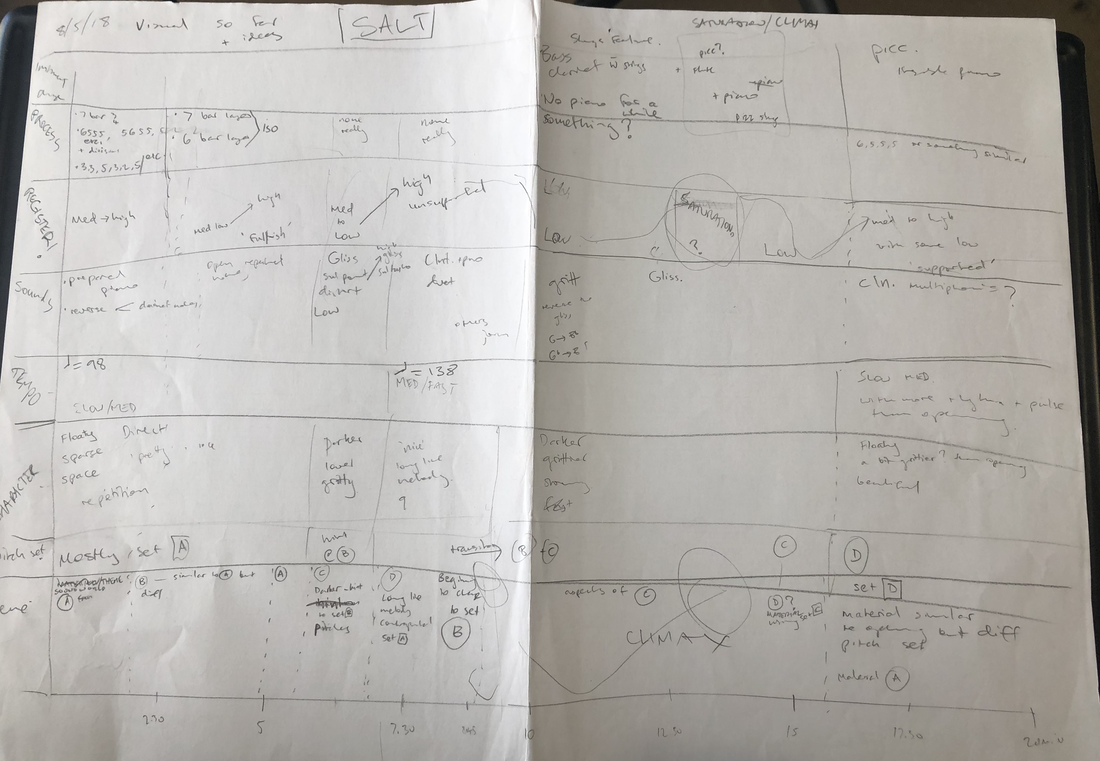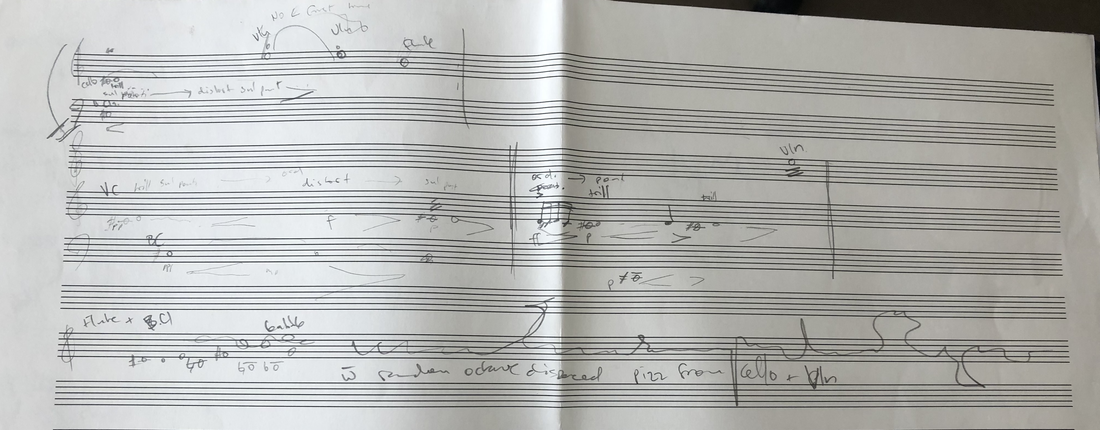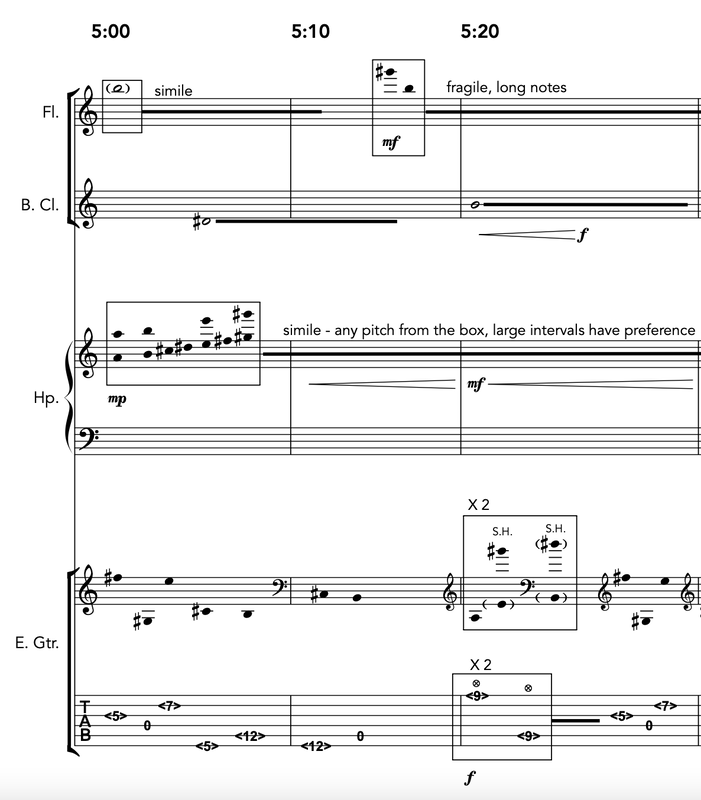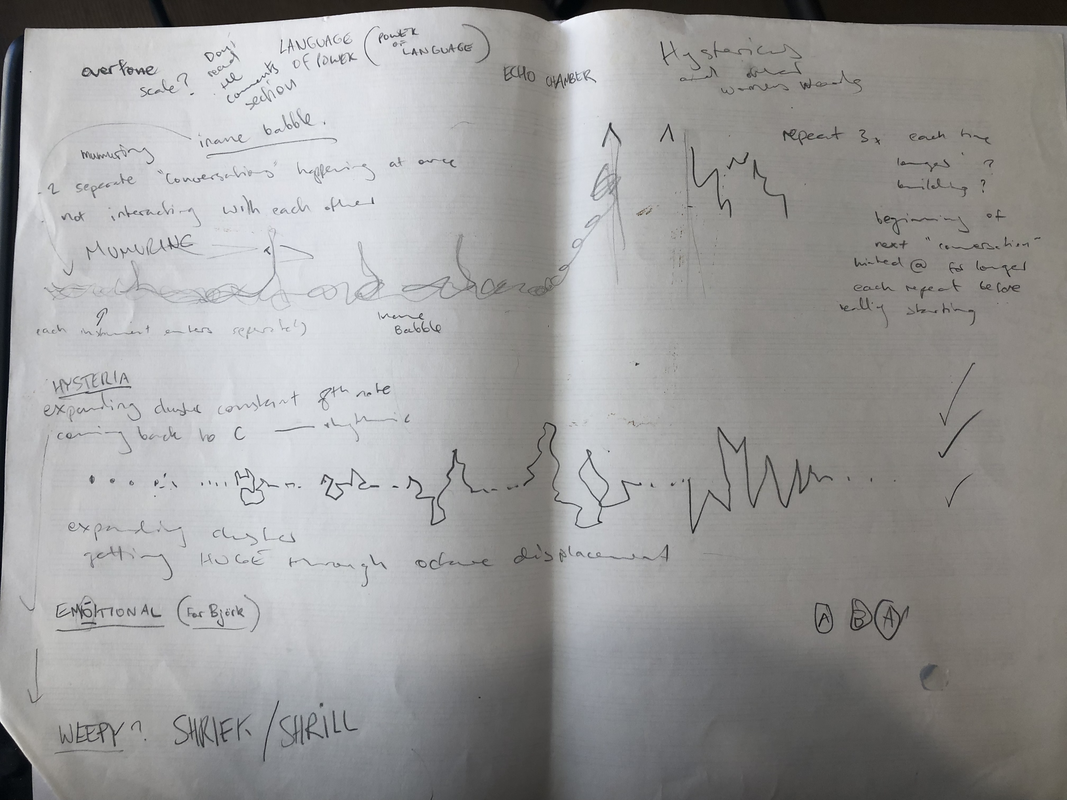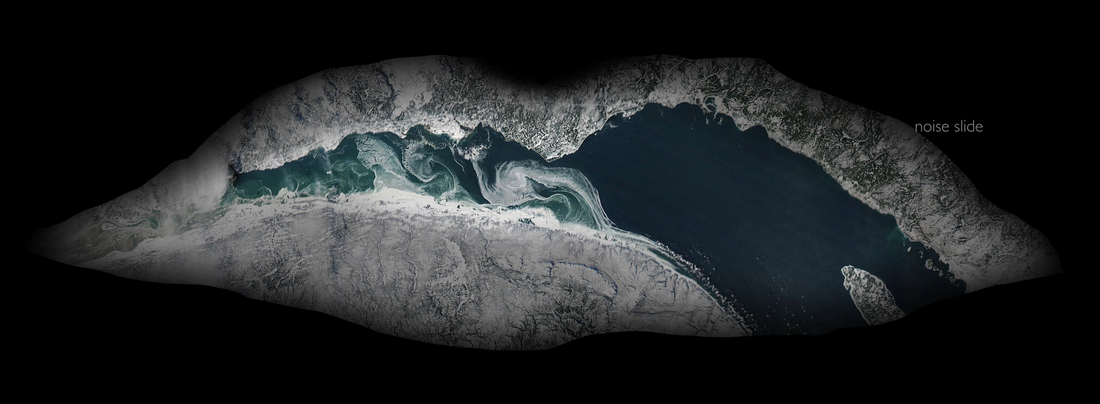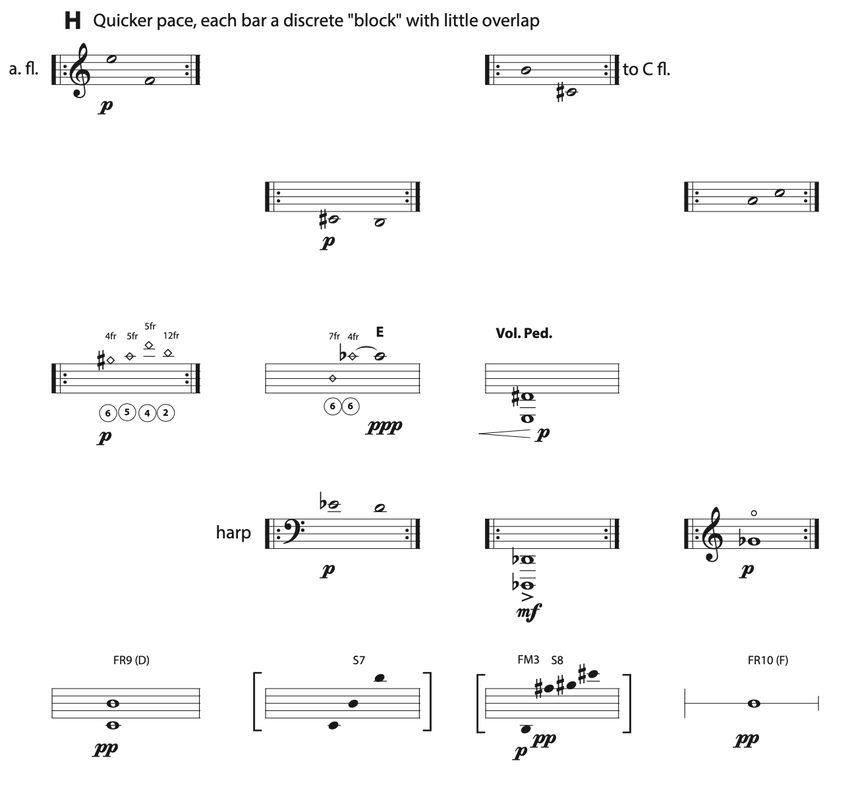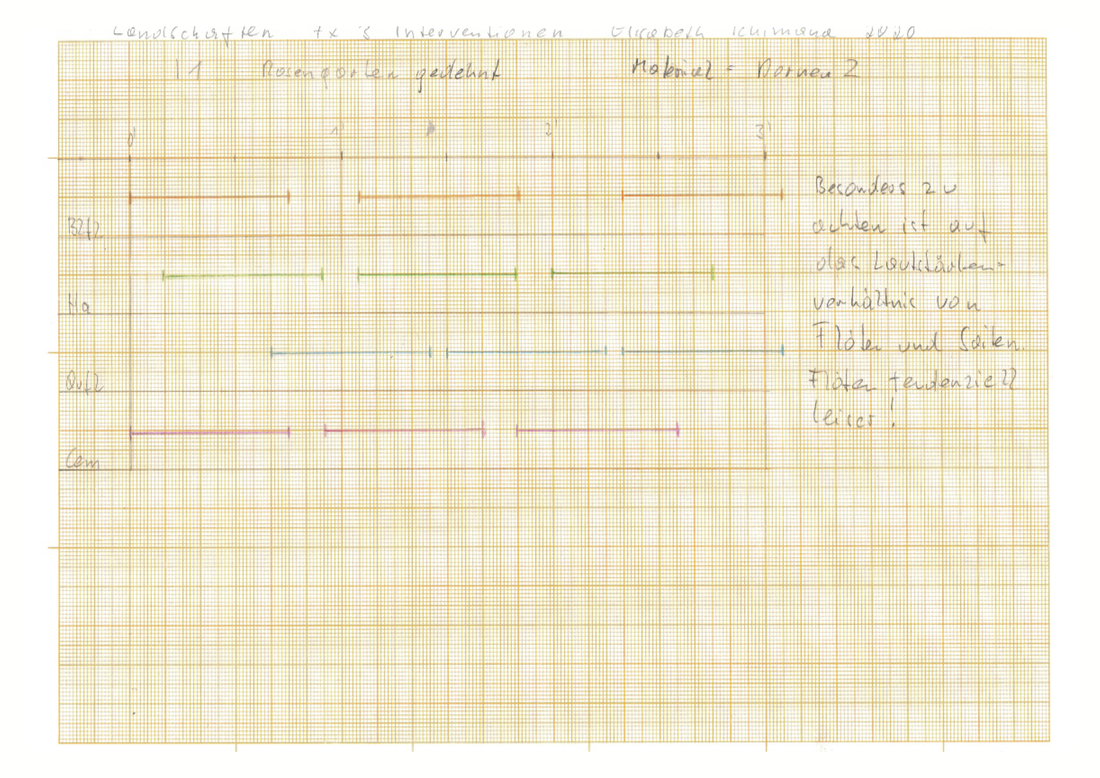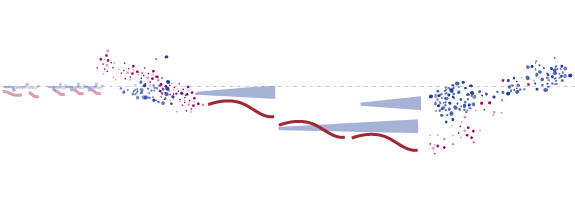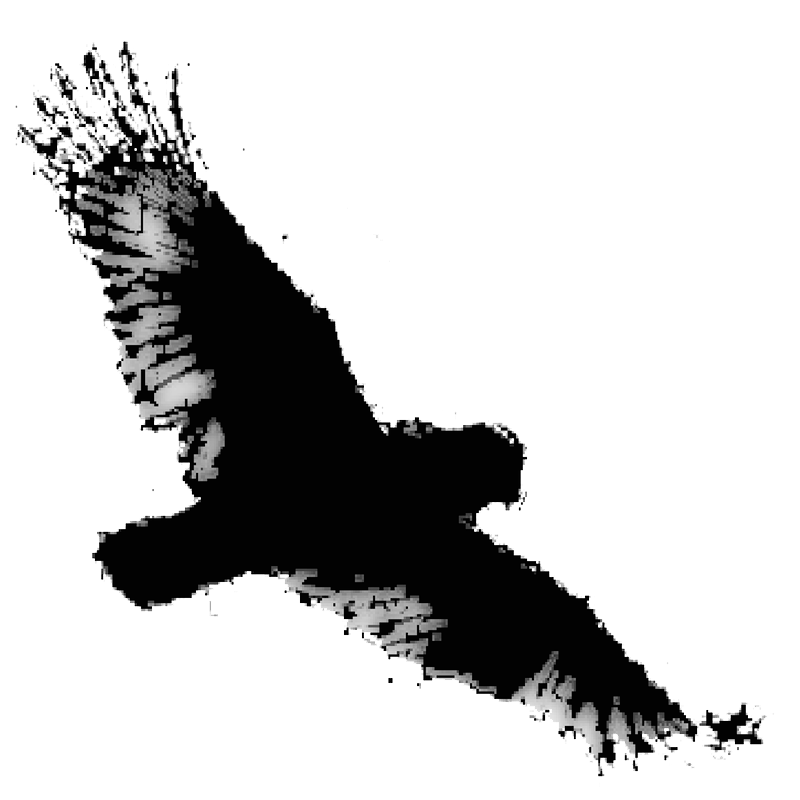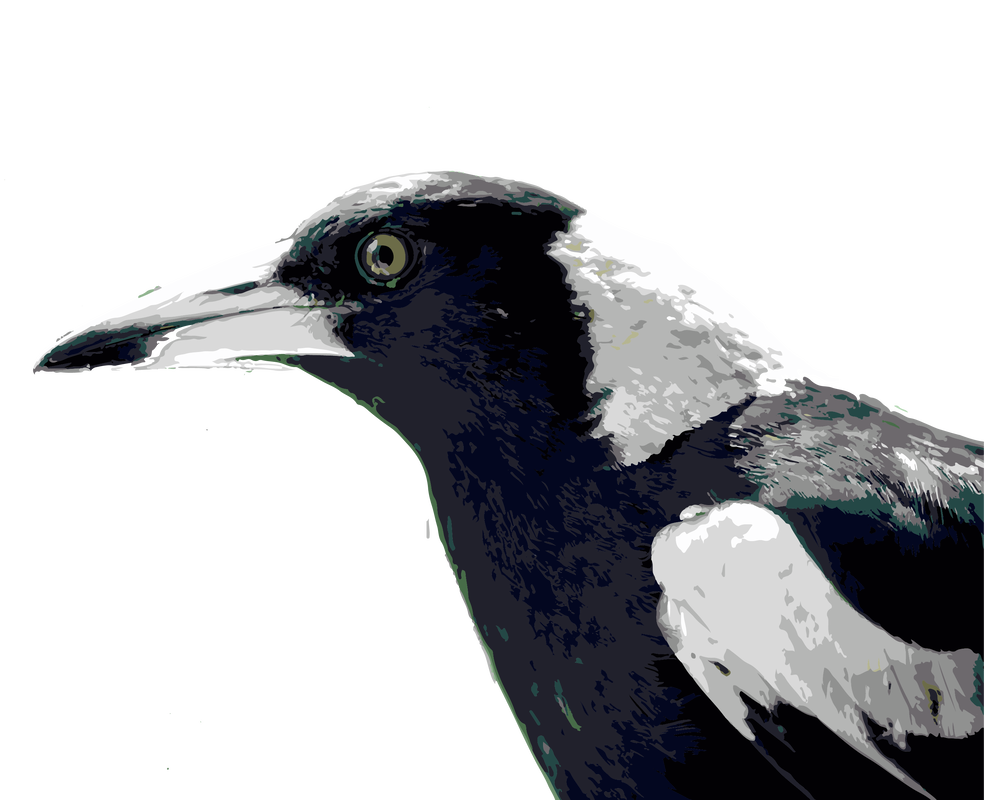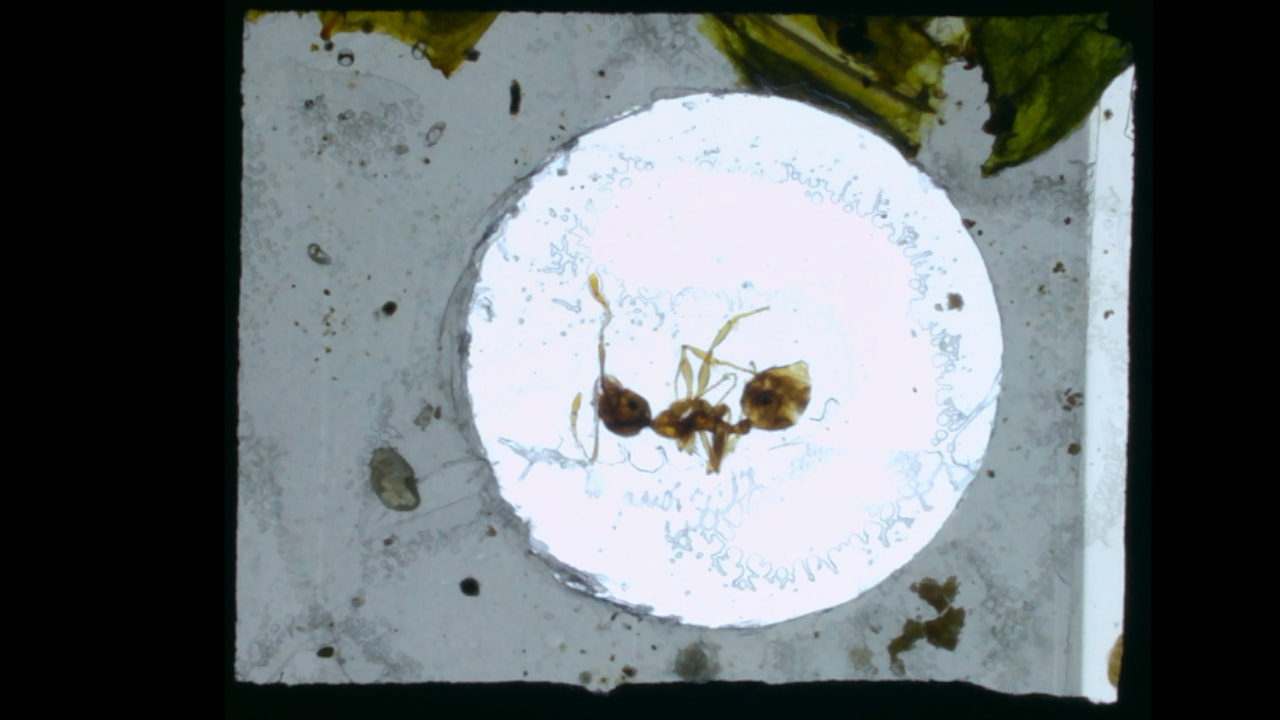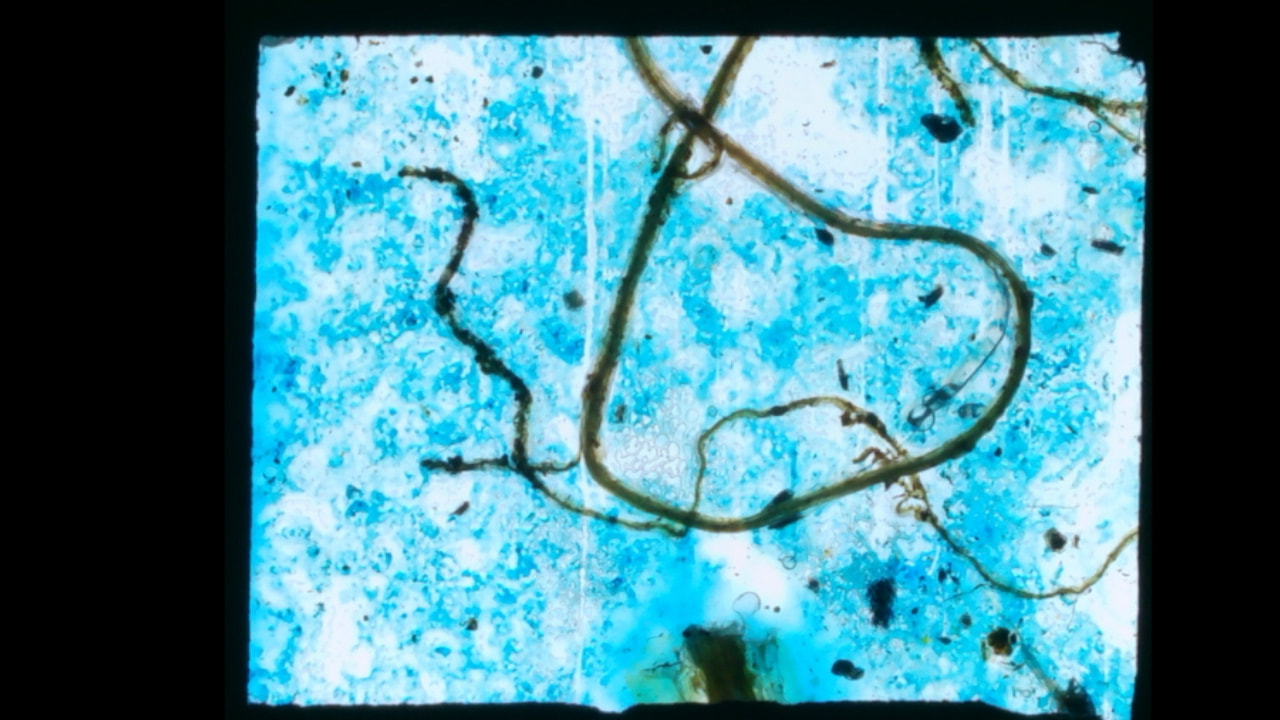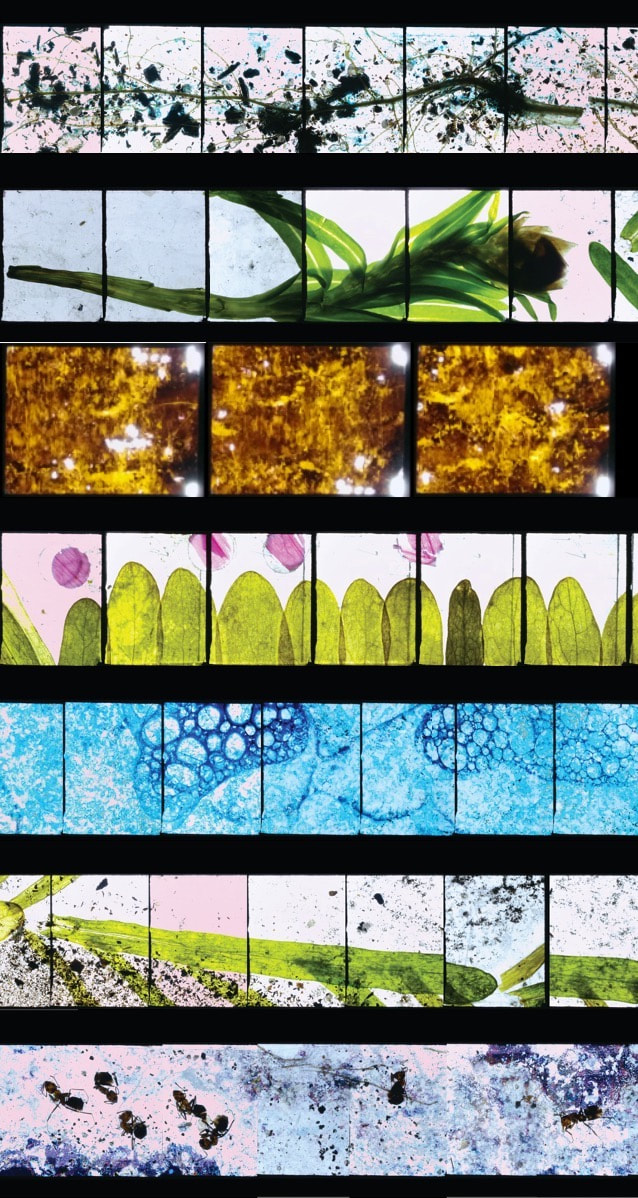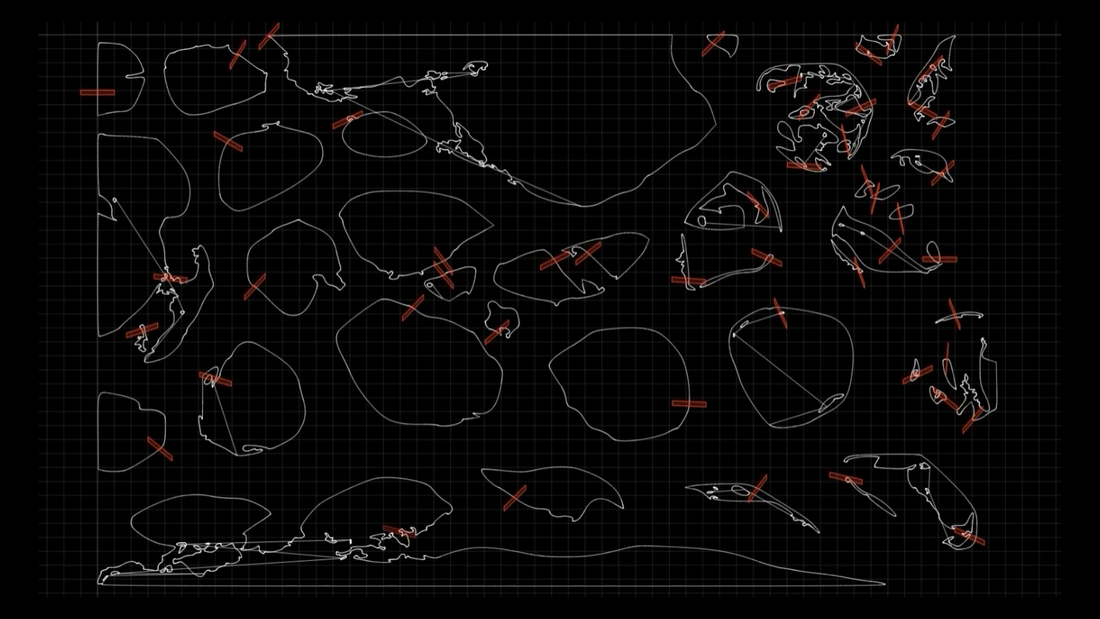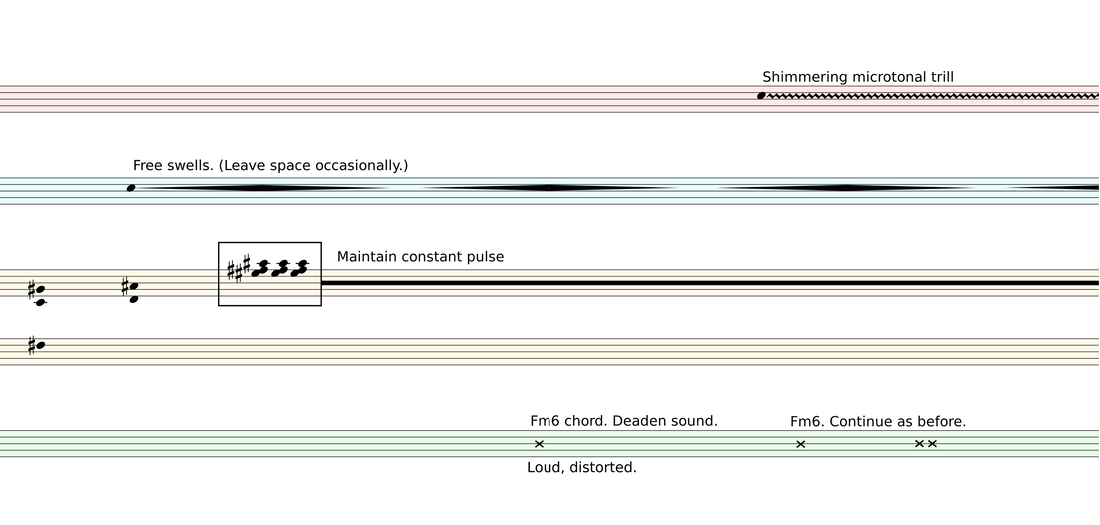Banksias Under Snow Concert Works
|
Alice Humphries – Littoral Zone Response (the Cove) [2021]
for GreyWing ensemble with manipulated field recordings Drawing on both the personal emotional connection to, and scientific elements of place Littoral Zone Response (The Cove) explores sound and physical artifacts from between the high and low tide mark. Field recordings taken in and around limestone reef formations are manipulated and combined with notated and improvised gestures from acoustic instruments.
|
Terri Hron - MOUTH OF A RIVER for four performers and fixed media [2021]
Mouth of a River is an exploration of the St. Lawrence Estuary, the largest river estuary in the world. I had the privilege of spending a month exploring its waters, rocks and tides, thinking about geology, feeling its vastness and reflecting on our interaction with it. During this time, I was conscious that I was going to create something for others to perform, yet was overwhelmed by its vastness and depth and my inability to fathom its contours and history in any other way than intellectually. While composing, using a small number of photographs, videos and sound recordings I made, and other materials gathered from satellite and geological research, I chose four aspects (Tension Zone, Water & Tides, Rocks, Shipwreck) that are represented by the performers.
I would like to acknowledge the life and generosity of the land and waters of the Estuary itself and recognize with gratitude that I live as a settler on the shores of the St. Lawrence River, which is the traditional and unceded territories of many Indigenous peoples, including the Kanien’kehá:ka, the traditional stewards of the island of Montreal/Tiotià:ke where I reside, and the Huron-Wendat, and the Innu in the areas where the inspiration and materials for this work are taken. I am also grateful to the generosity of Lindsay Vickery and Grey Wing Ensemble for their willingness and creativity in performing this work for the first time. Heartfelt thanks to Lindsay Dobbin for conversations and wisdom around respectful listening and recording. This project would not have been possible without the generous support of the Canada Council for the Arts.
Mouth of a River is an exploration of the St. Lawrence Estuary, the largest river estuary in the world. I had the privilege of spending a month exploring its waters, rocks and tides, thinking about geology, feeling its vastness and reflecting on our interaction with it. During this time, I was conscious that I was going to create something for others to perform, yet was overwhelmed by its vastness and depth and my inability to fathom its contours and history in any other way than intellectually. While composing, using a small number of photographs, videos and sound recordings I made, and other materials gathered from satellite and geological research, I chose four aspects (Tension Zone, Water & Tides, Rocks, Shipwreck) that are represented by the performers.
I would like to acknowledge the life and generosity of the land and waters of the Estuary itself and recognize with gratitude that I live as a settler on the shores of the St. Lawrence River, which is the traditional and unceded territories of many Indigenous peoples, including the Kanien’kehá:ka, the traditional stewards of the island of Montreal/Tiotià:ke where I reside, and the Huron-Wendat, and the Innu in the areas where the inspiration and materials for this work are taken. I am also grateful to the generosity of Lindsay Vickery and Grey Wing Ensemble for their willingness and creativity in performing this work for the first time. Heartfelt thanks to Lindsay Dobbin for conversations and wisdom around respectful listening and recording. This project would not have been possible without the generous support of the Canada Council for the Arts.
|
Elisabeth Schimana - Landscapes [2021] 7x3 Interventions
Version for GreyWing Landscapes is a modular composition consisting of roughly three-minute-long modules which can be combined in any order. Each module can stand alone and exist without the others. For years I have been exploring the possibility of working with audio scores. In the Acoustic Memory series, the musicians are given sound samples as a source material, which they translate to their instruments. By acoustic memory they then play their interpretations according to a set time structure. Landscapes is based on field recordings of, for example, Mexican trucks, Lithuanian forests, or the Indian Ocean and electronic sounds for Rose Garden.
The work consists of seven modules: Rose Garden stretched, In Front of the House, Rose Garden, Forest Chirping, Ocean, Sky, Meadow. |
|
Cat Hope – Wanderlust [2018]
This work is named after a book of the same name by American author Rebecca Solnit published in 2000. The book is in someways a requiem to walking, where the erasure of the journey is seem as the result of the “anxiety to produce” that characterises contemporary life. This piece deliberately meanders; the electronics part is created by the performer to personalise each ‘journey’ of the piece. |
Rebecca Erin Clarke - Thrive [2023]
Lindsay Vickery - wardang [2019] for flute, clarinet, electric guitar, harp and fixed media
The Wardang (crow) and Mannaitch (white cockatoo) are the two essential moieties of Noongar kinship have a central role in Wadjuk Noongar familial lore, defining rules of marriage and association. The recordings in this piece were made at Mooro Katta or Mount Eliza in Kings Park Perth, and include the three-part call typical of crows in this region and a peculiar almost "mewing" sound of a young crow. All of the electronic material was derived exclusively from this material and then assembled into an audio-collage. Instrumental parts were then added for flute, clarinet, electric guitar and harp, highlights and re-enforcing aspects of the collage. These Mannaitch were recorded on the South Perth foreshore in January. Dominant pitches from the recordings are reproduced electronically and by the ensemble. I live and work in Jinjeejerdup - ‘the place of the Jingee (honey eater) so their joyful high pitched chirps are a regular part of the local soundscape. Here a recording of honeyeaters from my backyard is slowed by about 20% and a recording of a clarinet multiphonic similarly is stretched and used as an underscore for the instrumentalists.
The Wardang (crow) and Mannaitch (white cockatoo) are the two essential moieties of Noongar kinship have a central role in Wadjuk Noongar familial lore, defining rules of marriage and association. The recordings in this piece were made at Mooro Katta or Mount Eliza in Kings Park Perth, and include the three-part call typical of crows in this region and a peculiar almost "mewing" sound of a young crow. All of the electronic material was derived exclusively from this material and then assembled into an audio-collage. Instrumental parts were then added for flute, clarinet, electric guitar and harp, highlights and re-enforcing aspects of the collage. These Mannaitch were recorded on the South Perth foreshore in January. Dominant pitches from the recordings are reproduced electronically and by the ensemble. I live and work in Jinjeejerdup - ‘the place of the Jingee (honey eater) so their joyful high pitched chirps are a regular part of the local soundscape. Here a recording of honeyeaters from my backyard is slowed by about 20% and a recording of a clarinet multiphonic similarly is stretched and used as an underscore for the instrumentalists.
Lindsay Vickery - Mannaitch Sketch [2020] for clarinet and fixed media
Mannaitch is the Noongar word for “white cockatoo”, one of the two essential moieties of Noongar kinship. These Mannaitch were recorded on the South Perth foreshore in January. Dominant pitches from the recordings are reproduced electronically and by a solo clarinet.
Mannaitch is the Noongar word for “white cockatoo”, one of the two essential moieties of Noongar kinship. These Mannaitch were recorded on the South Perth foreshore in January. Dominant pitches from the recordings are reproduced electronically and by a solo clarinet.
Lindsay Vickery - Jingee [2020] for flute, bass clarinet, guitar and fixed media
A collective "social distancing" work in which performers play a recording of honeyeaters (Noongar: Jingee) into an outdoor environment and then record three sounds at varying distances. The recordings were then arranged in chronological order by the time of day they were recorded.
A recording of honeyeaters slowed by about 20% and a recording of a clarinet multiphonic similarly stretched were they used as an underscore for the collected recordings. In the live performance, three instrumentalist perform with the final recording, using a pallet of its principal pitches.
A collective "social distancing" work in which performers play a recording of honeyeaters (Noongar: Jingee) into an outdoor environment and then record three sounds at varying distances. The recordings were then arranged in chronological order by the time of day they were recorded.
A recording of honeyeaters slowed by about 20% and a recording of a clarinet multiphonic similarly stretched were they used as an underscore for the collected recordings. In the live performance, three instrumentalist perform with the final recording, using a pallet of its principal pitches.
Lindsay Vickery - jingeejerdup [2022] for electric guitar and electronics for Jameson Feakes
In the Whadjuk Noongar language, jingeejerdup ("the place of the honeyeaters") is the name for the locality in which I live. This work includes recordings of honeyeaters from my garden and also a recording of "dry arrangement", an installation in which native flora (also from my garden) is used to prepare and activate the strings of a suspended electric guitar. The recording was processed using Max' Flucoma and FFTease spectral manipulation plugins - convolving the bird and installation sounds and foregrounding different spectral components (harmonic/transient etc) in varied sections. In this approach the pre-recorded element is similar to earlier works such as between states and inhabited matter [2015] in which formal divisions in a more-or-less continuous material are created principally through timbre changes.
In the Whadjuk Noongar language, jingeejerdup ("the place of the honeyeaters") is the name for the locality in which I live. This work includes recordings of honeyeaters from my garden and also a recording of "dry arrangement", an installation in which native flora (also from my garden) is used to prepare and activate the strings of a suspended electric guitar. The recording was processed using Max' Flucoma and FFTease spectral manipulation plugins - convolving the bird and installation sounds and foregrounding different spectral components (harmonic/transient etc) in varied sections. In this approach the pre-recorded element is similar to earlier works such as between states and inhabited matter [2015] in which formal divisions in a more-or-less continuous material are created principally through timbre changes.
|
Kirsten Hudson and Lindsay Vickery - Requiem (Kalyakoorl) [2021] for flute, bass clarinet, electric guitar, harp and fixed media
Requiem (Kalyakoorl) is a handmade 16mm cameraless film that chronicles the five month lifecycle of a field of Everlasting Daisies as they germinated, grew, flowered, withered, and then reseeded in my suburban backyard. Bypassing the photographic process, I cinematically capture the embodied botanical life/death/rebirth experience by initially burying a range of 16mm film stock (found footage, coloured leader etc.) in the soil with the Everlasting seeds. Over the course of their lifecycle, every week I resurrected 168 frames of film (24 frames per day) and then collaged directly onto the soil-affected celluloid the Rhodanthe chlorosephala ssp. rosea at various stages of development (seeds, sprouts, leaves, petals, pollen etc.). Film stock covered in double-sided tape and exposed to the natural environment was also attached to stems as they grew; capturing critters, soil and other vibrant matter, as they wove their way through and over the plants, inadvertently becoming entangled into active, sensuous, collaborative agents in the filmmaking process. Daily reflection in the company of the daisies, observing their unique structure, patterns of growth, and responses to changes in their ecosystem, directly informed my choices in the overall visual arrangement, composition, and layered relationships between botanical life, their environment (and their companions).” Kirsten Hudson |
|
In the sonic version of Requiem (Kalyakoorl), seven sections of the film are presented to the performers as scrolling frames. The images are read as a graphical score according to varying rules - exploring the varied character and morphologies of each section. The runtime of original film is about four minutes, with about 12 original frames per second - the "musical score" version by comparison is performed much more slowly - between 2.5 and 1.7 frames per second both to draw out comprehensible musical structures and to accomodate the eye/hand coordination of the performers. Each frame was also rotated so as to "move" right to left rather than down to up. from the performers perspective. The seven sections (movements) have "parts" visible to each instrument but not the audience, indicating a methodology for "reading" the images. Several also have prerecorded electronics sonifying the texture of the images. The sections are subtitled: i. thread, ii. bloom, iii. morph, iv. mountains and moons, v. bubble, vi. grass and vii. ants. Lindsay Vickery
|
Jameson Feakes/Lindsay Vickery - dry arrangement [2022] for Mixed Media Sound Installation (suspended electric guitar and native flora)
A suspended electric guitar is "played" by suspended native flora - banksia, eucalypt, grevillea, hakea, dryandra leaves and flowers/seed pods etc.
A suspended electric guitar is "played" by suspended native flora - banksia, eucalypt, grevillea, hakea, dryandra leaves and flowers/seed pods etc.
Lindsay Vickery - koorlbardi [2022] for flute, clarinet, electric guitar, harp and fixed media
Koorlbardi is the Wadjuk Noongar word for Magpie. The work includes an artificial "dawn chorus" constructed from recordings of the flute, clarinet, electric guitar and harp imitating bird sounds. The live performers alternate between transcriptions of the complex calls of the magpie and interpolations mediating the worlds of human and avian "chamber music".
Koorlbardi is the Wadjuk Noongar word for Magpie. The work includes an artificial "dawn chorus" constructed from recordings of the flute, clarinet, electric guitar and harp imitating bird sounds. The live performers alternate between transcriptions of the complex calls of the magpie and interpolations mediating the worlds of human and avian "chamber music".
|
Sze Tsang - Cladia [2021] for autonomous instrument, field recording and multiple performers.
Cladia is a piece exploring multiple perspectives of place. It is inspired by the Lacy Coral Lichen (cladia ferdinandii), a symbiosis of fungus and algae which can be found in parts of Western Australia including an area called Toompup, north of the Stirling Ranges.
The piece invites you to be in symbiosis with place. The autonomous instrument is based on a map of Toomcup. You are the lichen found in the area. |
|
Aaron Wyatt – The Lost Key [2021]
The Lost Key explores an old instrument in an old place. Weaving a sound-world from the interplay between recordings of an old harmonium and the instrumentalists in the space, it finds beauty in the broken: the underlying drone drawn from a faltering note on the harmonium.
|
